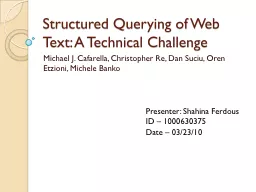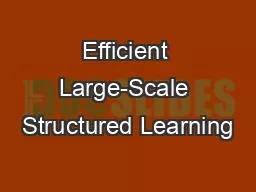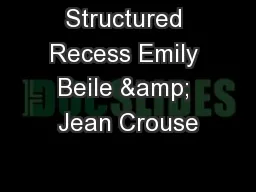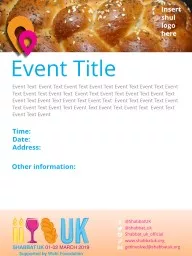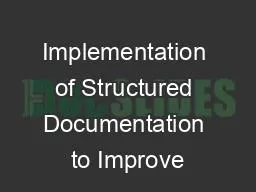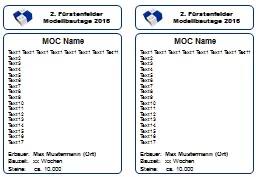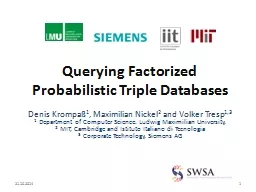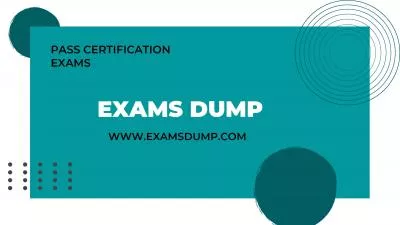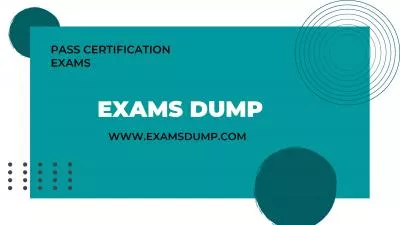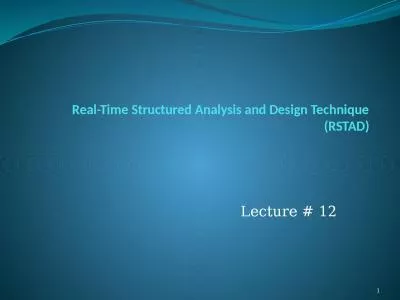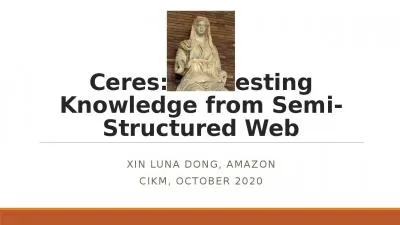PPT-Structured Querying of Web Text: A Technical Challenge
Author : mitsue-stanley | Published Date : 2018-01-04
Michael J Cafarella Christopher Re Dan Suciu Oren Etzioni Michele Banko Presenter Shahina Ferdous ID 1000630375 Date 032310 Querying over Unstructured
Presentation Embed Code
Download Presentation
Download Presentation The PPT/PDF document "Structured Querying of Web Text: A Techn..." is the property of its rightful owner. Permission is granted to download and print the materials on this website for personal, non-commercial use only, and to display it on your personal computer provided you do not modify the materials and that you retain all copyright notices contained in the materials. By downloading content from our website, you accept the terms of this agreement.
Structured Querying of Web Text: A Technical Challenge: Transcript
Download Rules Of Document
"Structured Querying of Web Text: A Technical Challenge"The content belongs to its owner. You may download and print it for personal use, without modification, and keep all copyright notices. By downloading, you agree to these terms.
Related Documents

